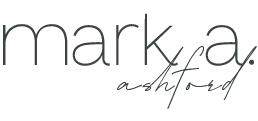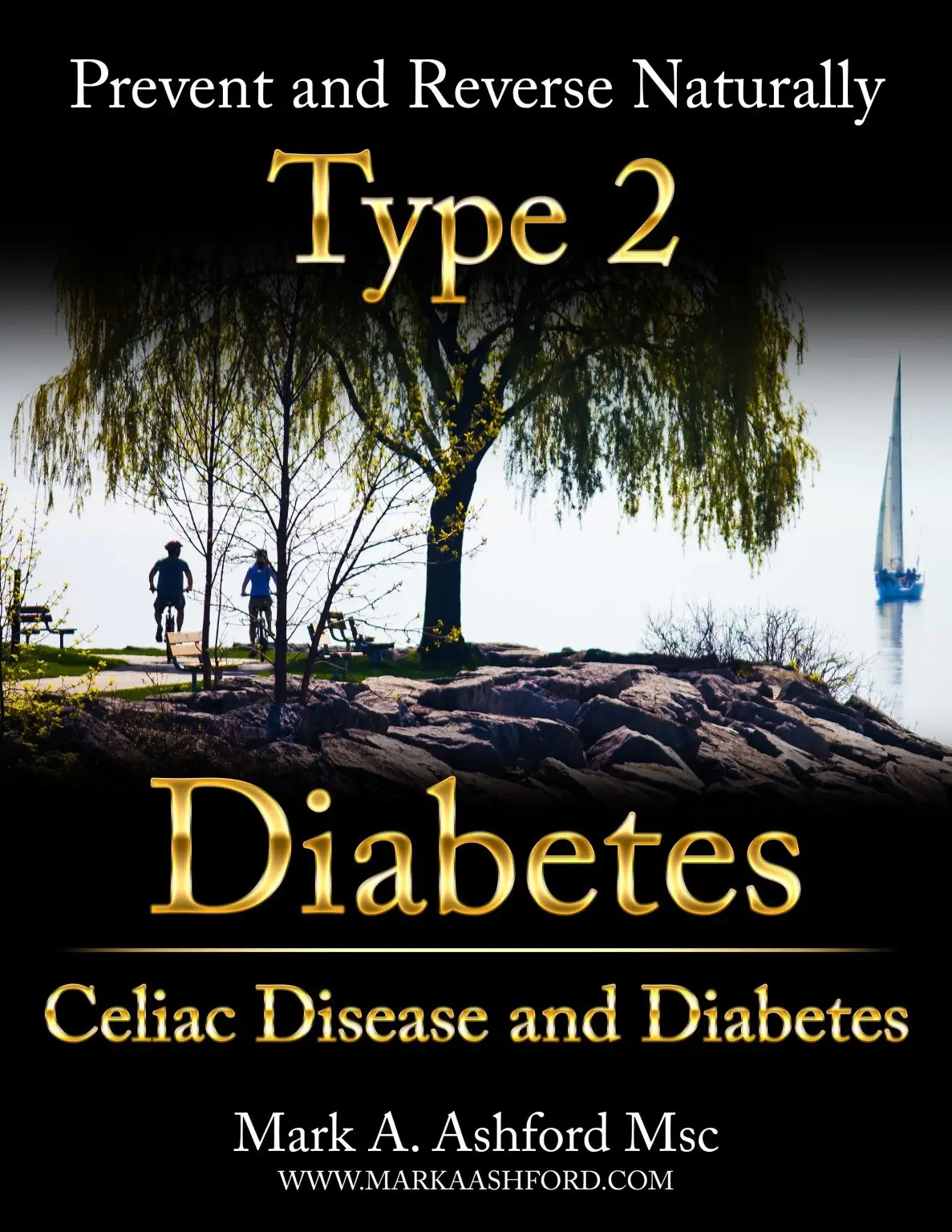Celiac Disease and Diabetes
My previous book, Crohn’s, Celiac, Colitis and Diabetes was an introduction to these lifelong conditions. This book concentrates on Celiac Disease and Diabetes.
Coeliac disease (British English) or Celiac Disease (American English) is a long-term autoimmune disorder, primarily affecting the small intestine, where individuals develop intolerance to gluten. Gluten is present in foods such as wheat, rye and barley.[1] The impact of this damage is impaired absorption of nutrients from food and drink and can lead to a wide range of collateral symptoms and long-term health complications.
Classic symptoms include gastrointestinal problems such as chronic diarrhea, abdominal distention, malabsorption, loss of appetite, and among children failure to grow normally. Non-classic symptoms are more common, especially in people older than two years. There may be mild or absent gastrointestinal symptoms, a wide number of symptoms involving any part of the body or no obvious symptoms. Celiac disease was first described in childhood; however, it may develop at any age. It is associated with other autoimmune diseases, such as Type 1 diabetes mellitus and Hashimoto’s thyroiditis, among others. [2]
As with Diabetes, the lifelong presence of Celiac is an emotional, mental, and physical stress. If you have Celiac disorder, you may suffer Celiac Distress and Burnout with similar symptoms and manifestation as Diabetes Distress and Diabetes Burnout.
Much of the stress comes from the need to continuously monitor what is consumed to avoid Gluten. Bread made with wheat flour clearly contains Gluten. Condiments such as Soy Sauce and Teriyaki Sauce historically are made with wheat and also contain Gluten and will create an allergic reaction. They are referred to as Hidden Gluten. The challenges and stresses are similar to Diabetes Distress and Diabetes Burnout and may have similar effects on caregivers.
Journaling is a conversation with myself through what I write in my journal. I write at the start and end of every day. It is a very therapeutic exercise that started at the beginning of July and has become an integral part of my daily routine. Most recently this dialogue has helped me through the emotional ups and downs of the longest episode of Diabetes Burnout I have encountered so far.
I hope you enjoy and find this book useful.
[1] Wikipedia, “Coeliac Disease,” (2024).
[2] Ibid.


 Cart is empty
Cart is empty